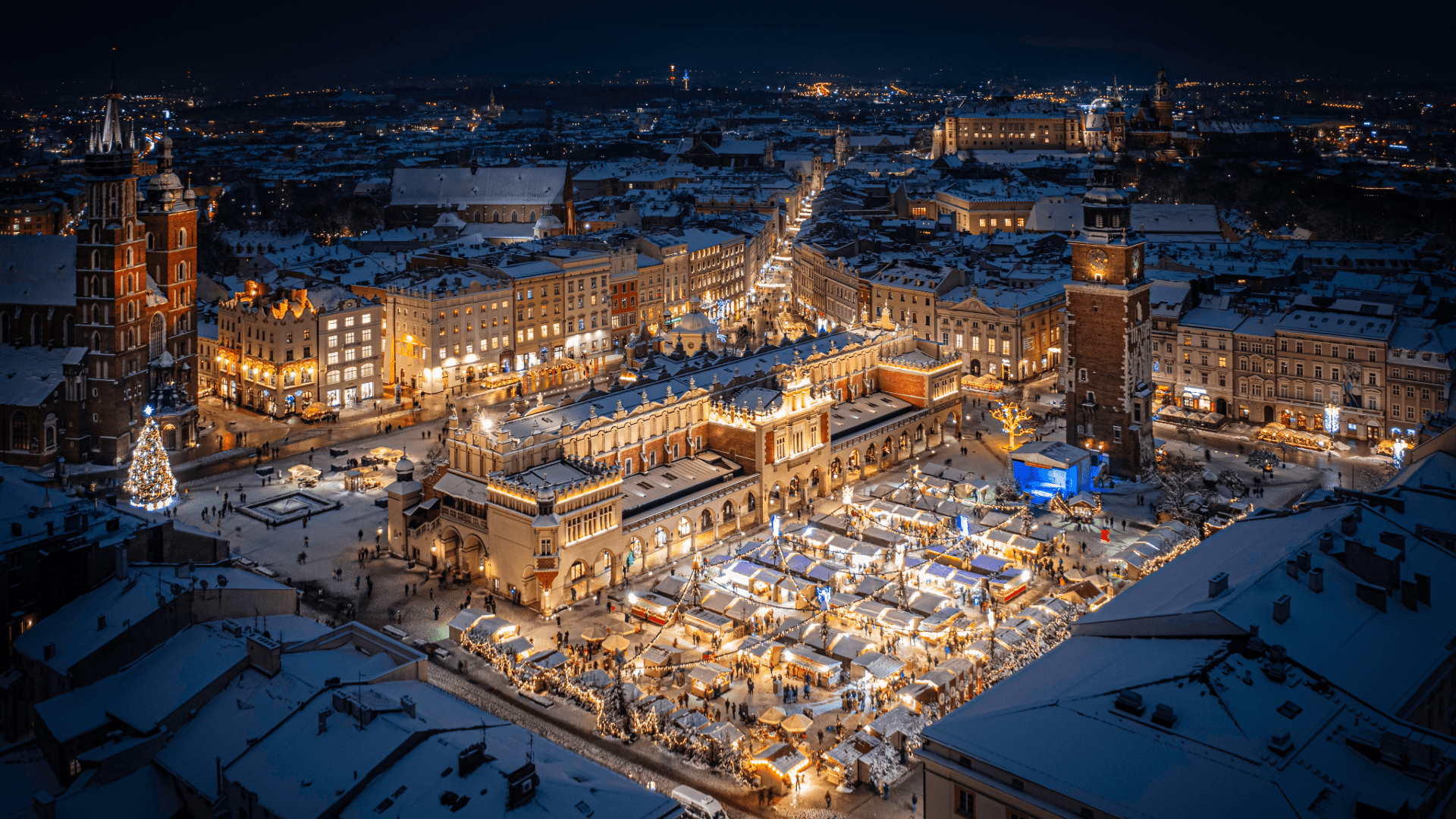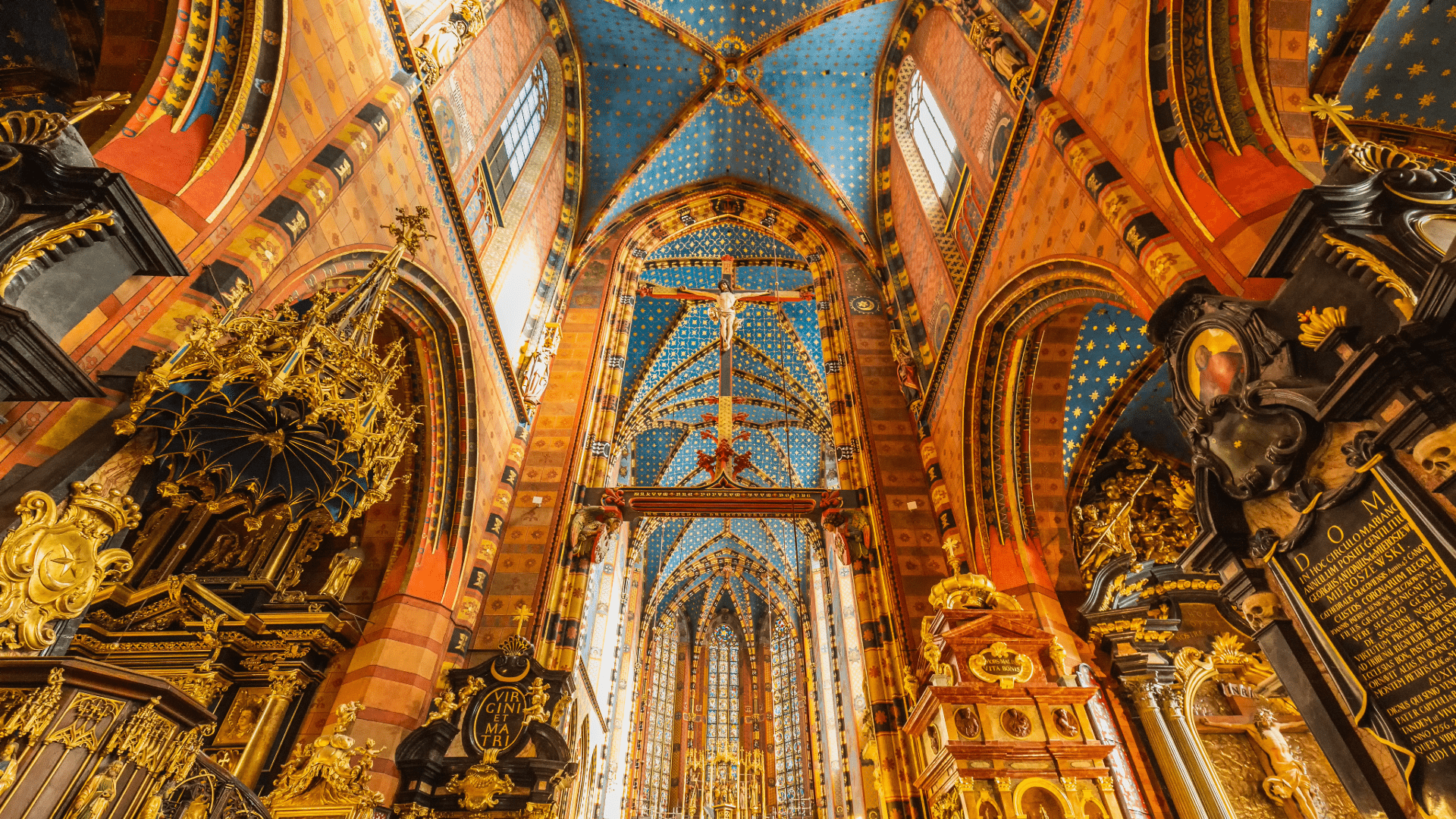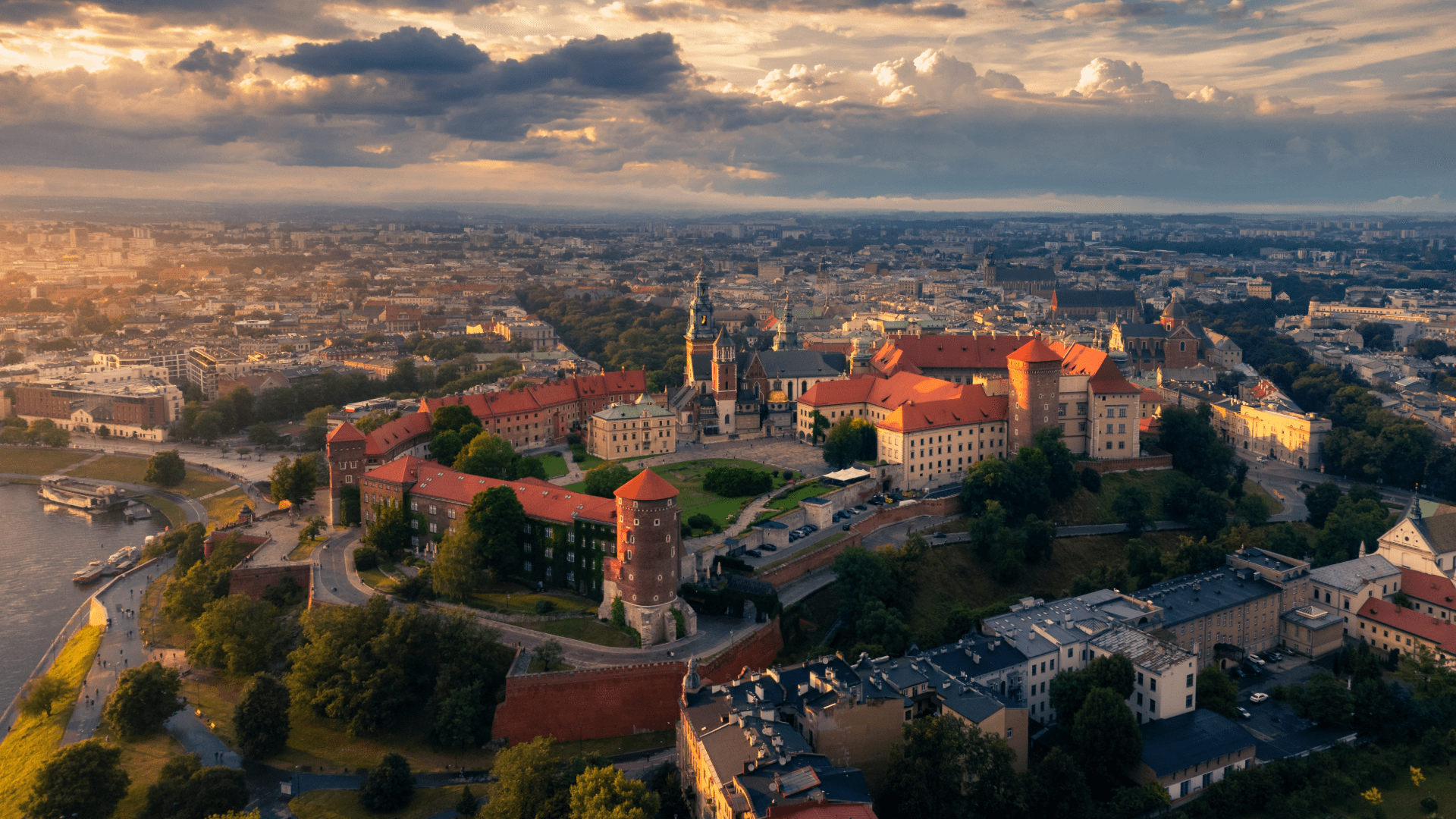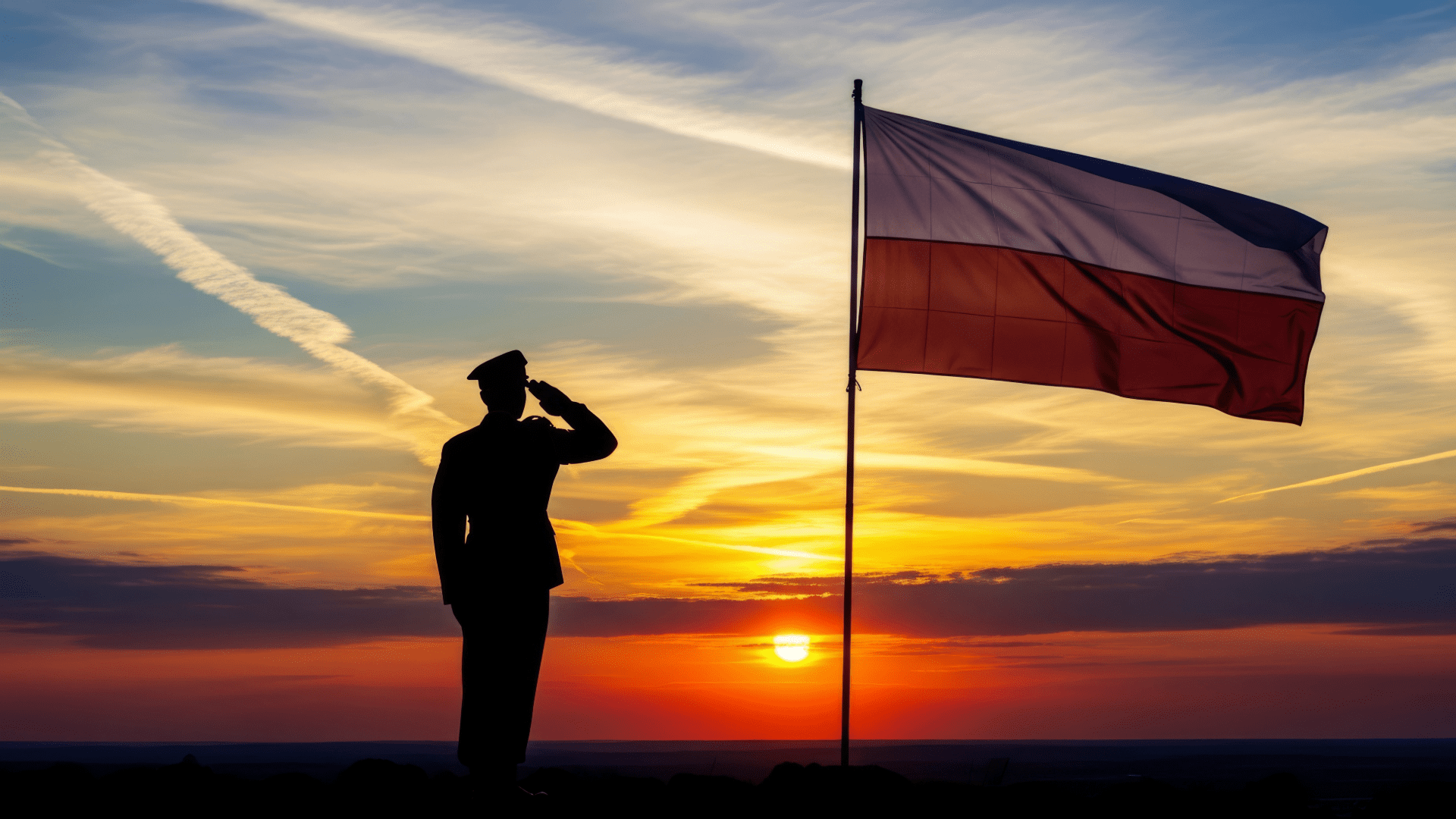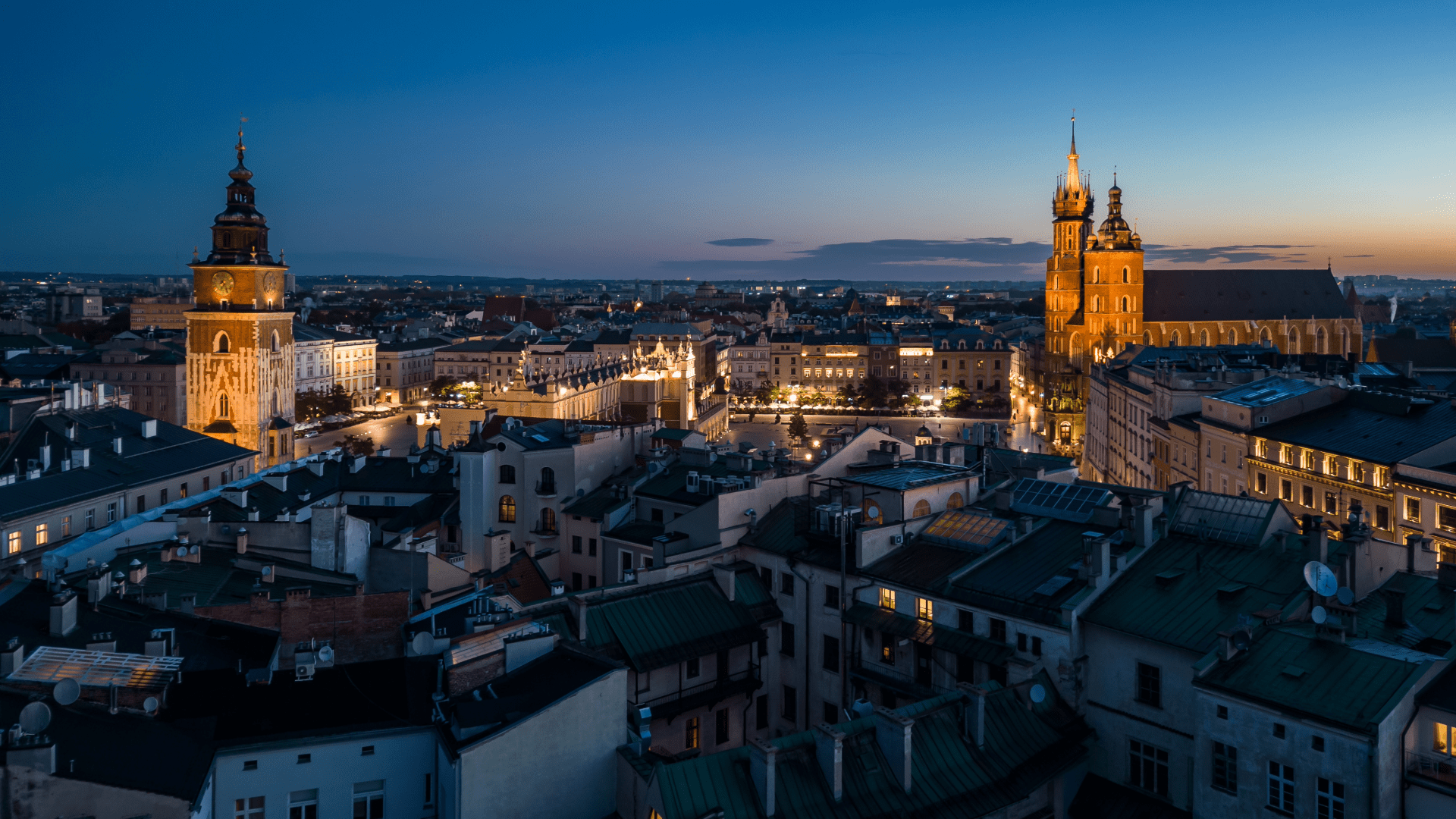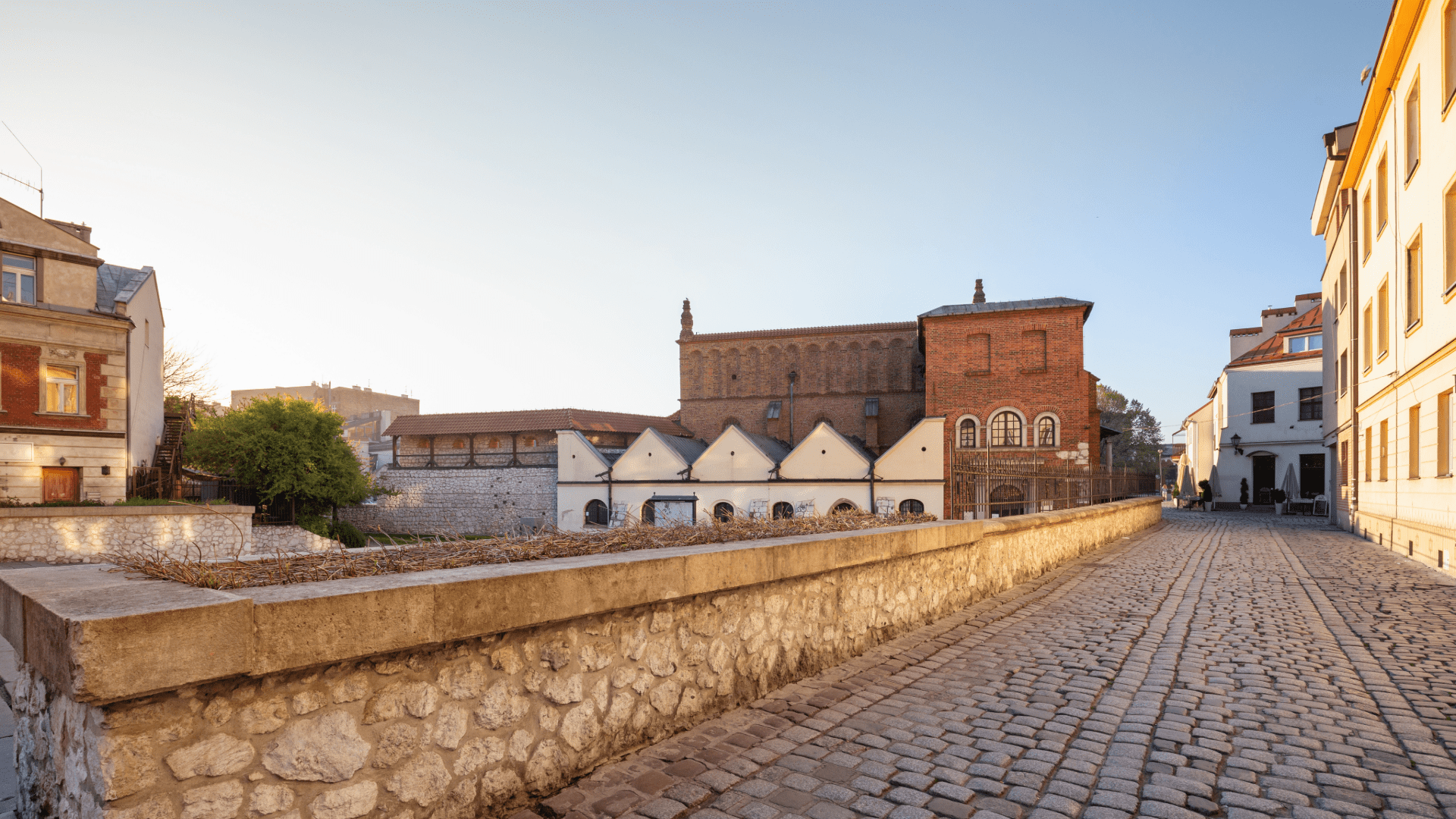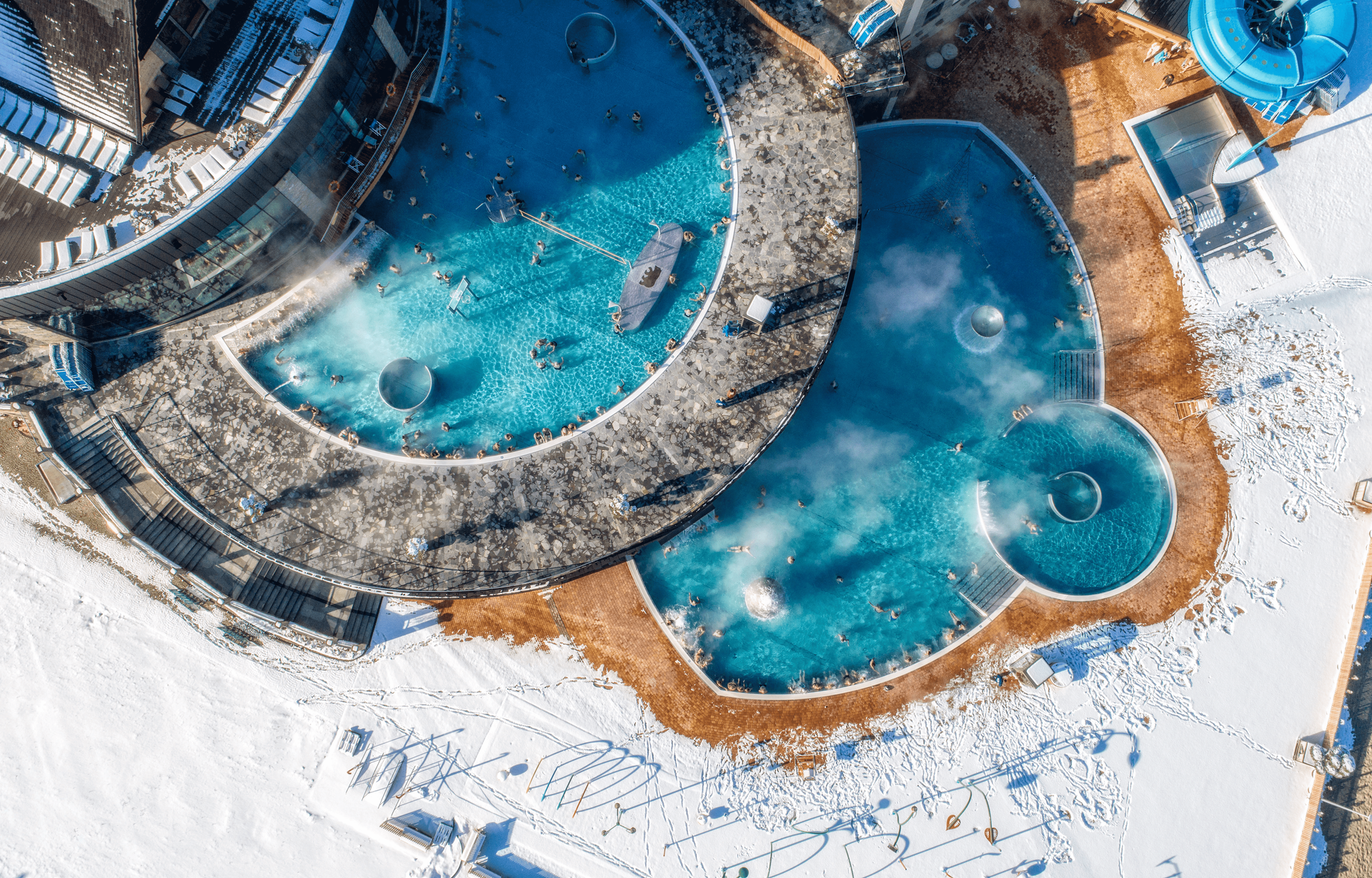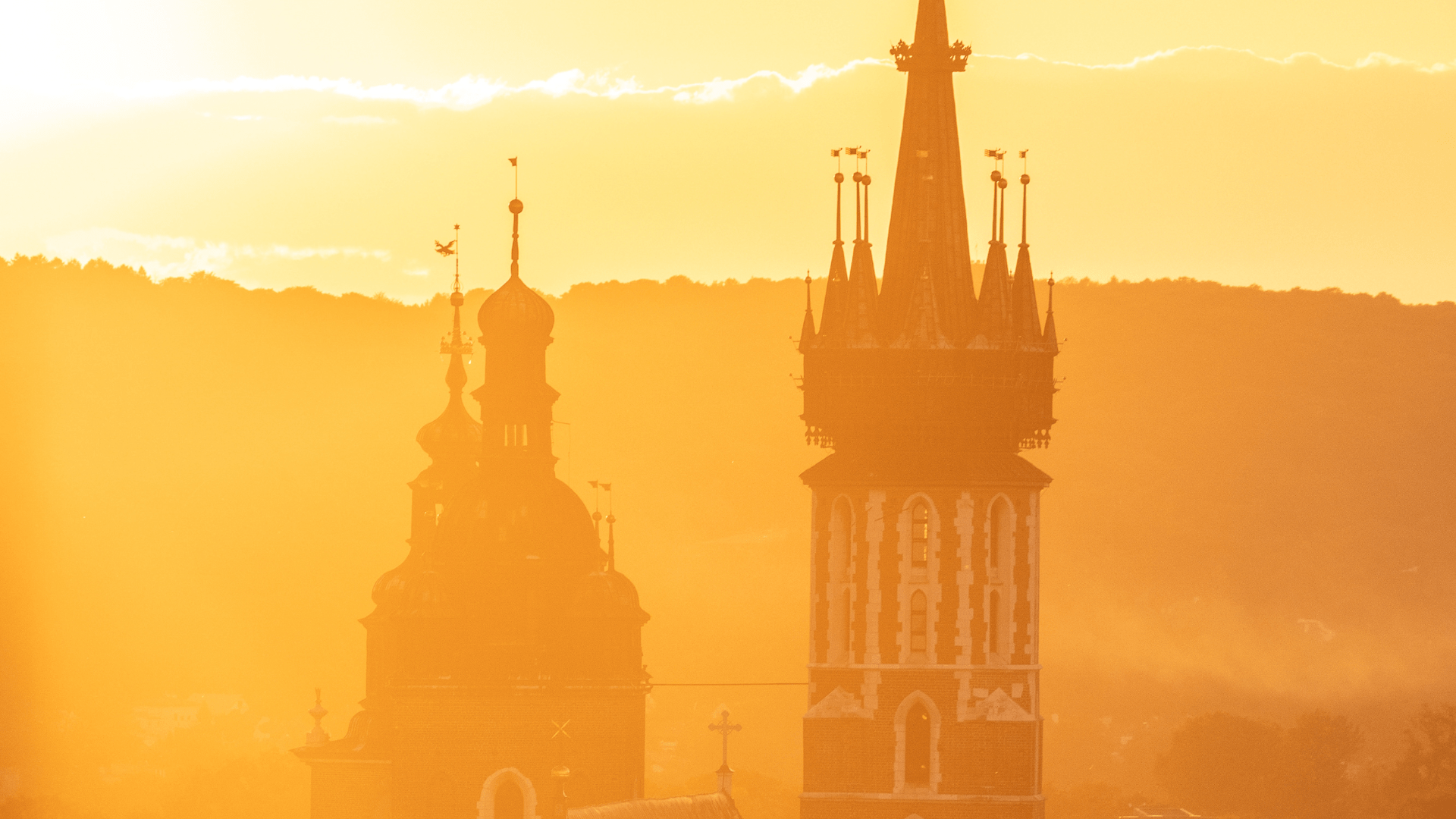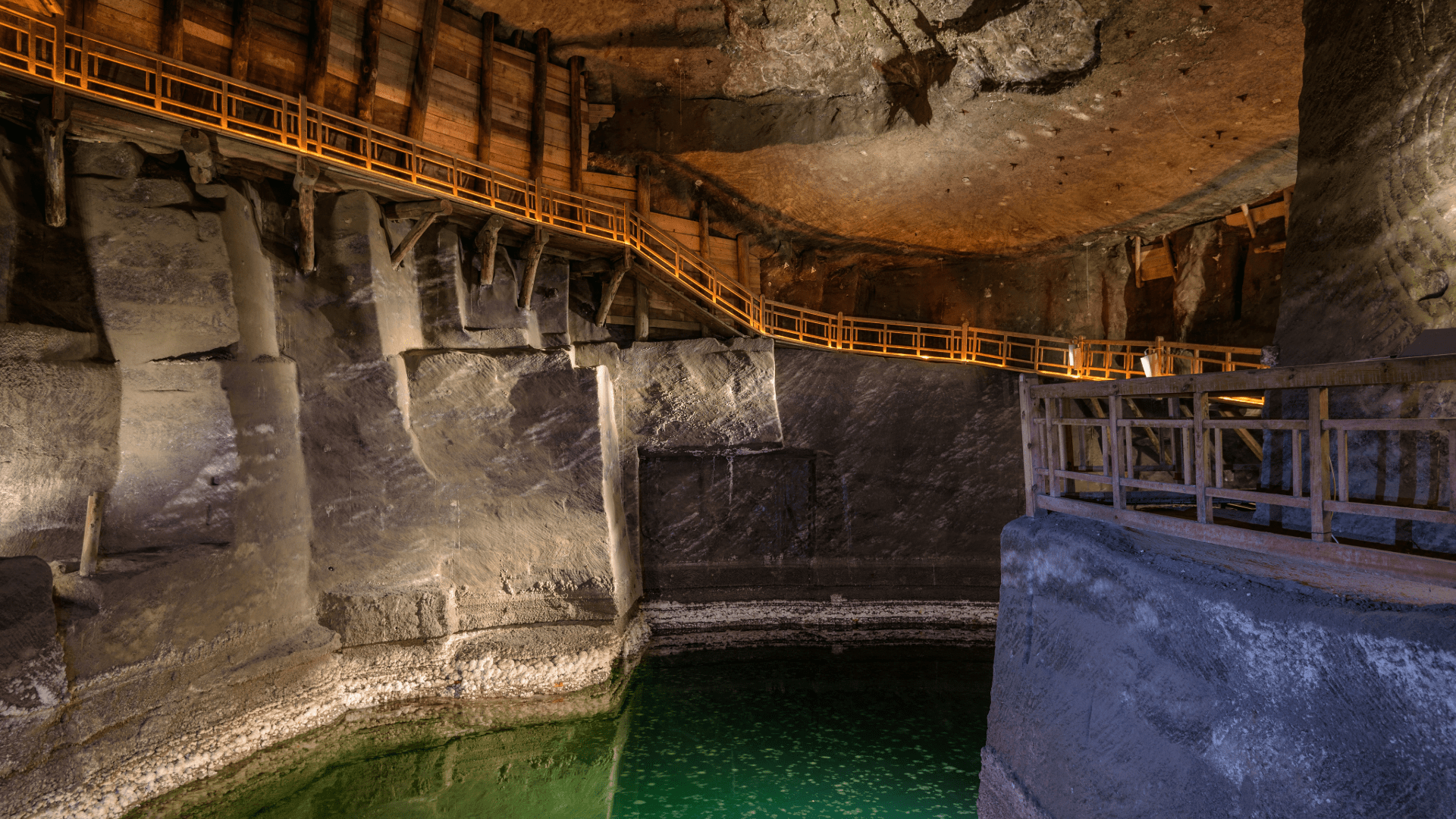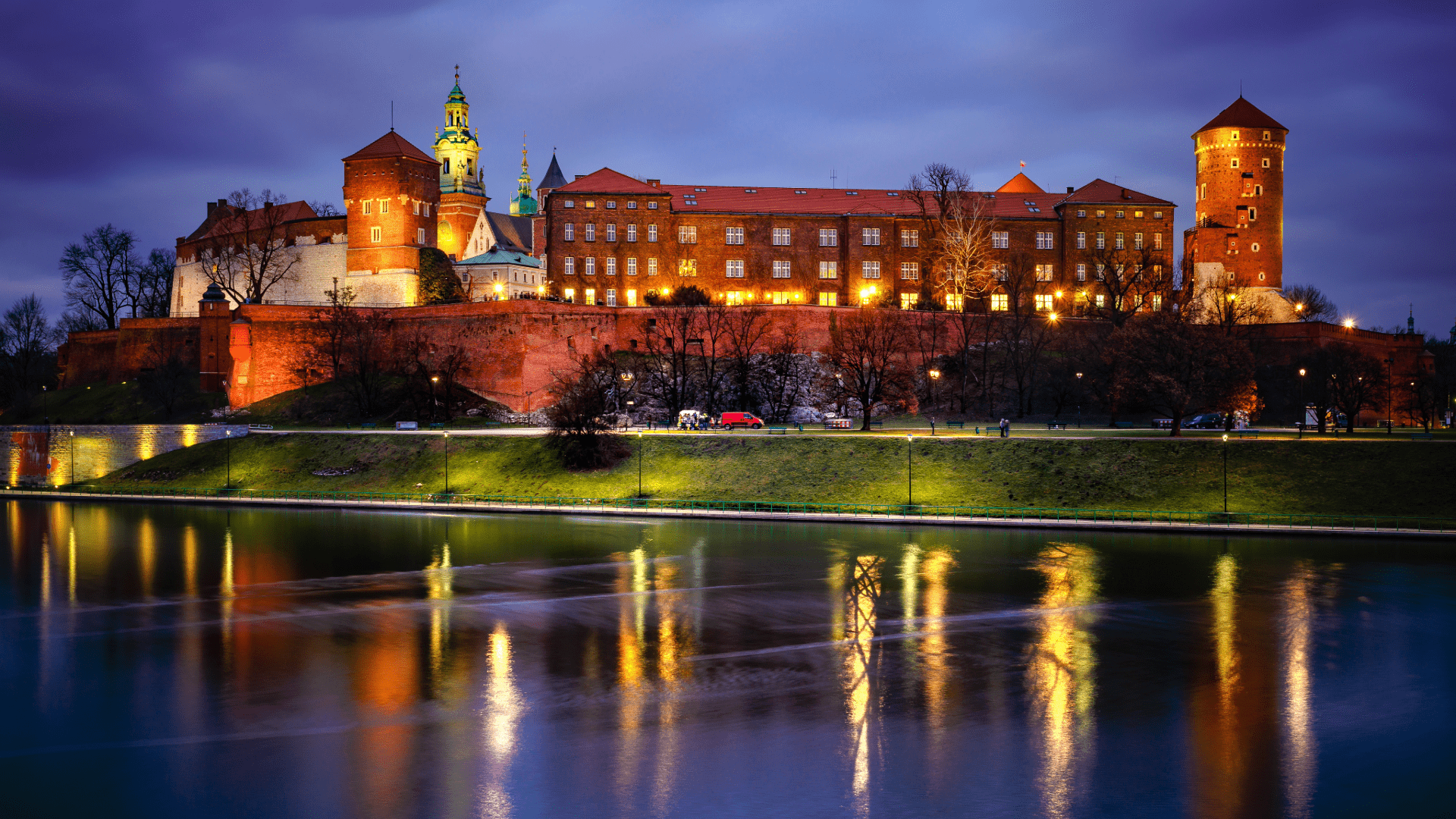What to See in Krakow in 24 Hours
If one only has 24 hours in Krakow, the initial challenge is not what to see, but how to distill a thousand years of history, royal narratives, and profound 20th-century drama into a single, cohesive, and enjoyable experience. Krakow is a medieval miracle, a UNESCO-listed jewel that wears its history on every cobblestone and corner. It is an indispensable crossroads of European culture, blending the regal splendor of its past with a vibrant, bohemian modernity.
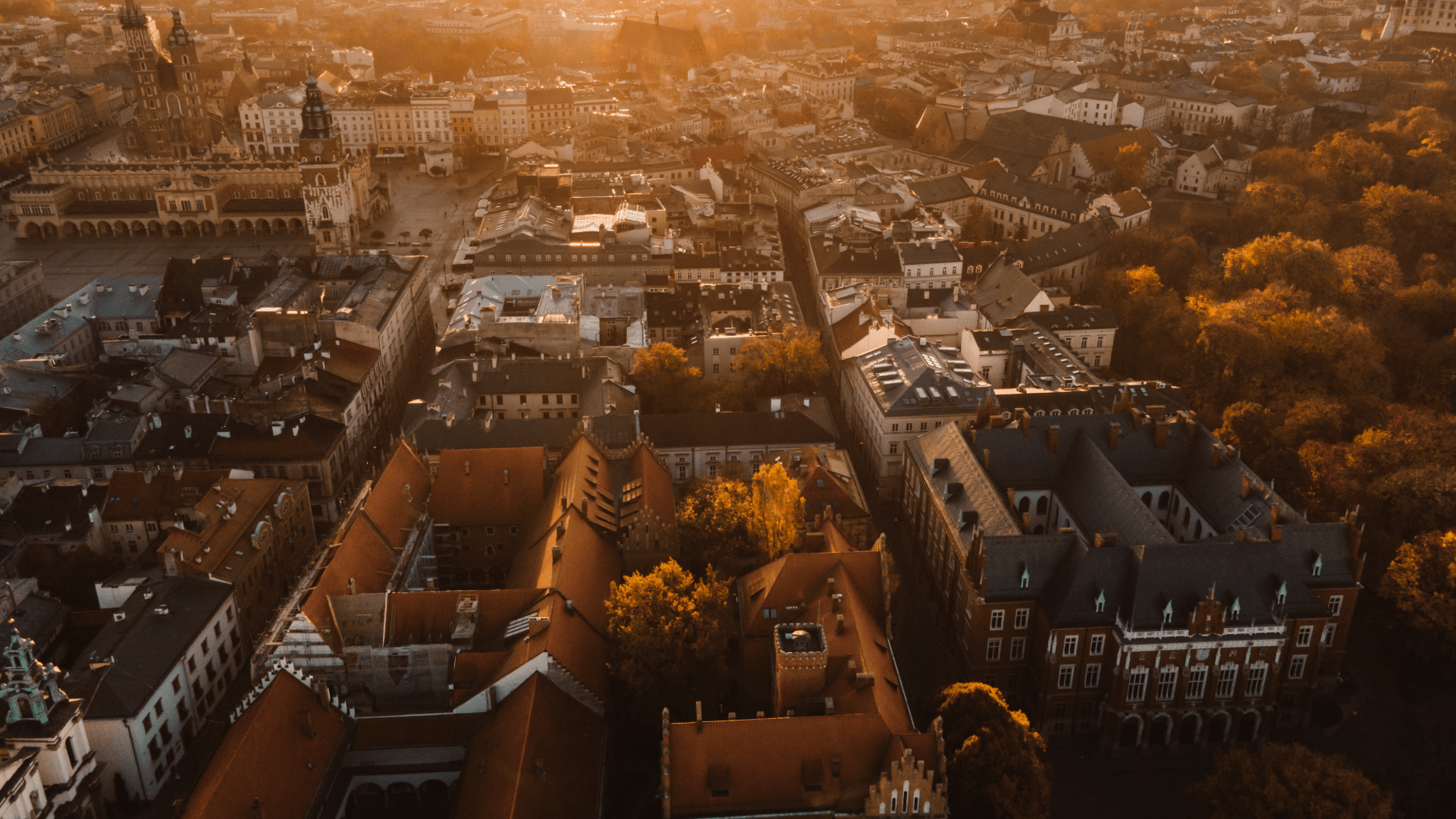
Morning
The Bugle Call and the Old Town Heart
The day starts at the Main Market Square (Rynek Główny), Europe's largest medieval square and the undisputed core of the Old Town. Arriving early is essential to absorb the atmosphere of this UNESCO World Heritage Site before the throngs of tourists descend. The architectural centerpiece is St. Mary's Basilica, a majestic structure whose taller tower is the source of Krakow's defining acoustic tradition: the Hejnał Mariacki (St. Mary's Trumpet Call).
This traditional, five-note Polish bugle call rings out every hour on the hour, repeated four times in succession towards the four cardinal directions. Heavily laden with connotations of national identity, this melody strikes a sentimental chord in the hearts of most Poles. The performance at noon is particularly famous, broadcast via radio across the entire country.
Breakfast & Ambiance
- Charlotte: This cafe, offering a sophisticated French approach, is built around freshly baked bread and pastries, perfect for a chic start to the day. The high ceilings and wall-length windows give Charlotte an open, sociable atmosphere.
- Café Camelot: For those preferring a rich, bohemian atmosphere, Café Camelot is an ideal choice. Famed for its eclectic decor and famous apple cake, the location boasts layers of artistic history, having once been a brothel and a film set in the 1960s. This is the venue for rich hot chocolates and a sense of 'moral unrest'.
Wawel Hill: Where Polish Kings Ruled
The transition from the Main Square leads naturally via the historic Royal Route to Wawel Hill. This elevated complex, housing the Royal Castle and Cathedral, is the symbolic heart of Poland, a UNESCO-listed jewel that served as the seat of Polish kings for centuries.
Due to limited time, prioritization is critical. Tickets must be pre-booked online in advance to bypass long queues. Focus the internal visit on the key sites that showcase Poland's regal story: the Crown Treasury and Royal Apartments. These exhibitions contain the sovereign coronations and royal artifacts that narrate the country's formative history. The Wawel experience concludes with a descent toward the Vistula River, leading to the famous Dragon's Den cave. This links the historical tour to one of the city's most beloved myths: the Legend of the Wawel Dragon. According to tradition, a cobbler's apprentice named Skuba defeated the beast by stuffing a lamb with sulfur, causing the dragon to drink from the Vistula River until it burst. A modern bronze statue of the fire-breathing beast stands at the foot of the hill, offering a mandatory photo opportunity (it breathes fire approximately every 10 minutes).

Afternoon
Fueling the Journey: Essential Polish Lunch
No 24-hour visit to Krakow is complete without a proper dive into the heart of Polish comfort food. Begin with the country's most cherished classic - pierogi, those delicate, hand-pinched dumplings that carry the essence of home in every bite. Whether you choose the creamy ruskie variety, filled with potato and farmer's cheese, or the hearty meat-filled version, you'll quickly understand why these simple parcels have become a national symbol of hospitality. To deepen the experience, pair your meal with a steaming bowl of żurek, the beloved sour rye soup enriched with sausage and egg. Its tangy warmth and rustic aroma perfectly capture Poland's old-world soul.
For an authentic setting, Pod Wawelem - located conveniently between Wawel Hill and the historic Kazimierz District - delivers exactly that "eat like a local" atmosphere. Expect generous portions, a lively buzz, and the kind of traditional Polish hospitality that makes every guest feel like family.
Kazimierz: Bohemian Soul and Enduring Heritage
Kazimierz is essential for its powerful contrast to the Old Town. Originally an independent town, it became the thriving center of Jewish life in Krakow in the late 15th century. Today, Kazimierz presents a complex and powerful dual identity: it remains the historic heart of Jewish heritage, defined by centuries-old synagogues, teeming with colorful street art, trendy cafes, and lively nightlife. The district's charm lies in its crumbling beauty and special energy, offering a stark but vital contrast to the Old Town's polish.
A mandatory stop in Kazimierz is Plac Nowy (Okrąglak). While unassuming, this market square transforms into a buzzing social hub in the evening, but during the day, it is home to the area's legendary street food. This is the necessary stop for the quintessential Krakow street snack: the Zapiekanka, an open-faced, cheesy baguette rumored to be the best in Poland.
History in Focus: Schindler’s Factory
Crossing the Vistula from the lively markets of Kazimierz into Zabłocie marks a profound shift from medieval charm to the haunting echoes of the 20th century. This late-afternoon chapter unfolds at Oskar Schindler's Enamel Factory Museum, an essential stop for understanding Kraków's wartime story and the resilience of its people.
Set within Schindler's original Deutsche Emailwarenfabrik (DEF), the museum houses the acclaimed exhibition Kraków under Nazi Occupation 1939-1945, a deeply immersive experience that turns history into space. Visitors move through meticulously recreated wartime streets, a Jewish Ghetto, a hairdresser's salon, and finally the preserved office where Schindler once worked. Each room feels like stepping into a living memory - one that demands both reflection and empathy.
While Schindler's efforts to save around 1,200 Jewish workers by employing them within his factory are central to the narrative, the exhibition expands beyond heroism. It captures the daily struggles, impossible choices, and quiet acts of survival that defined life under occupation. More than a museum, it's a walkthrough testimony - a place where history feels close enough to touch.
Evening
Dinner with Local Indulgence
For dinner, turn your attention to Krakow's own culinary pride: the Maczanka Krakowska. While pierogi may be Poland's global ambassador, this slow-braised pork sandwich - dripping with savory juices and tucked into a crisp, golden bun - is a love letter to Krakow itself. It's rustic, hearty, and deeply rooted in the city's tavern culture, once fueling 19th-century carriage drivers and now delighting modern food lovers seeking something authentically local.
Choose a traditional tavern hidden in the Old Town's side streets for the full atmosphere - wood beams, candlelight, and a glass of local beer to match the richness of the dish. Or, for a more elevated finale, a rooftop restaurant offers a different kind of indulgence: watching the skyline of St. Mary's towers and Wawel Castle come alive with evening light as you savor the flavors of Krakow's past and present in a single bite.
The Night’s Pulse: Illuminated Landmarks and Speakeasies
As the evening settles over Krakow, the Old Town takes on an entirely new character. The Cloth Hall glows softly against the night sky, and the twin towers of St. Mary’s Basilica shimmer with warm light — a quiet spectacle best enjoyed at your own pace. Wandering through the cobbled streets at this hour feels almost cinematic, as the daytime bustle fades into a gentle hum of clinking glasses and distant violin music.
To unwind, follow the curve of the Vistula Boulevards, where the reflections of Wawel Castle dance across the river. It’s a perfect spot to pause, breathe, and watch the city’s lights stretch into the water — a calm, reflective close to a day full of history and energy.
But if you’re not quite ready to call it a night, seek out Mercy Brown — Krakow’s hidden gem of nightlife. Tucked away behind a cloakroom and up a discreet staircase, this 1920s-inspired speakeasy pairs its moody jazz and velvet interiors with masterfully crafted cocktails. It’s intimate, stylish, and effortlessly cool — the kind of place that reminds you Kraków’s modern pulse beats just as strongly as its medieval heart.
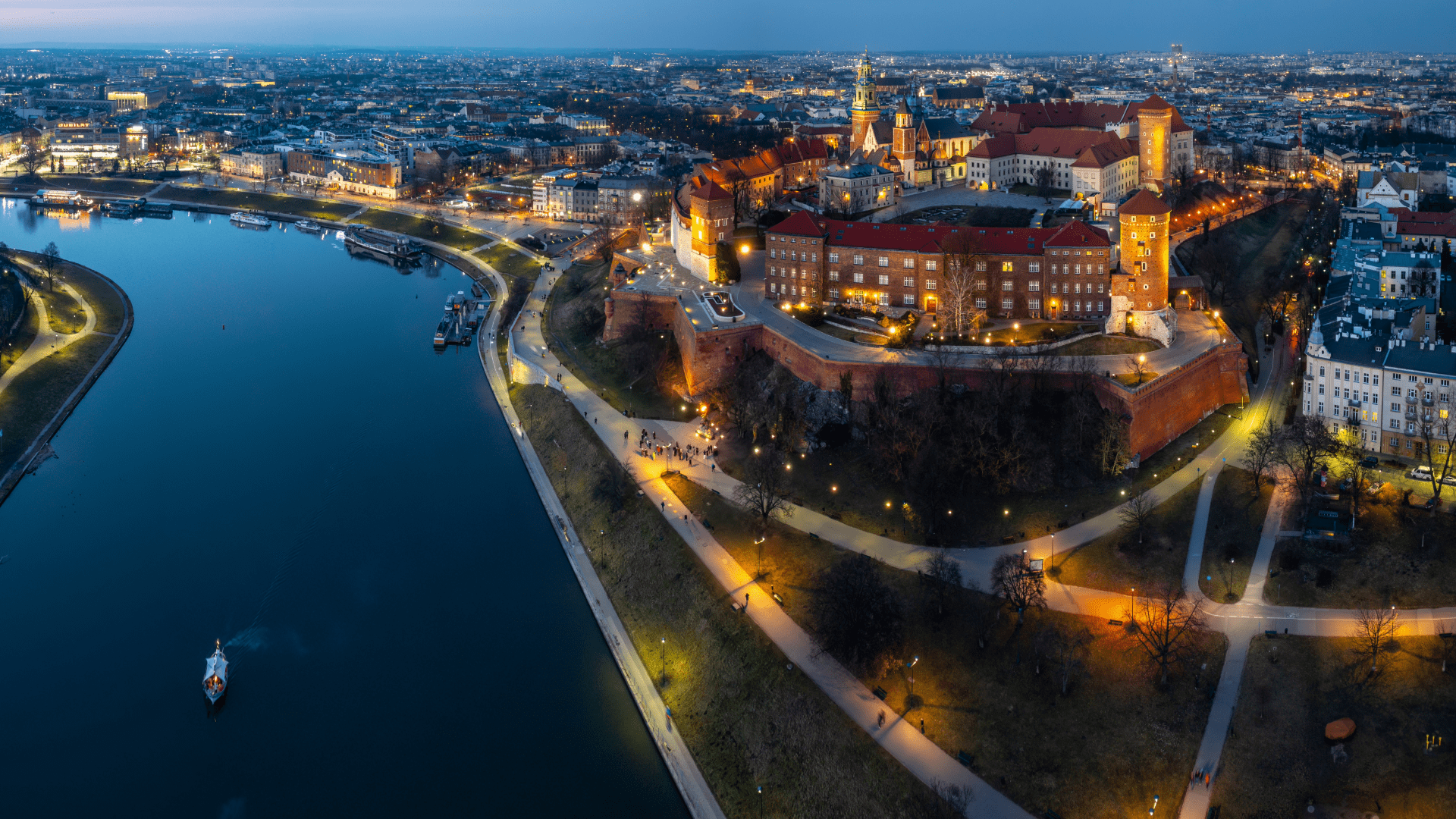
For the Local Life and Hidden Gems Explorer
Should one prefer to swap major historical sites for lesser-known local escapes, Krakow offers intriguing "wild corners" just outside the center.
- Zakrzowek Reservoir: This former limestone quarry is now a turquoise swimming hole and cliffside park, popular with locals for swimming or scenic views. It offers an excellent local contrast to the city's dense history.
- Blonia Park: Serving as Krakow's "breathing room," this vast, open green space is located just steps from the Old Town and is ideal for early morning jogs, picnics, or simply relaxing.
- Liban Quarry: For those comfortable with intense urban exploration, this raw, eerie site was once a Nazi labor camp and later used as a film set for Schindler's List. It provides a powerful, unpolished link back to the WWII themes explored in Zablocie.
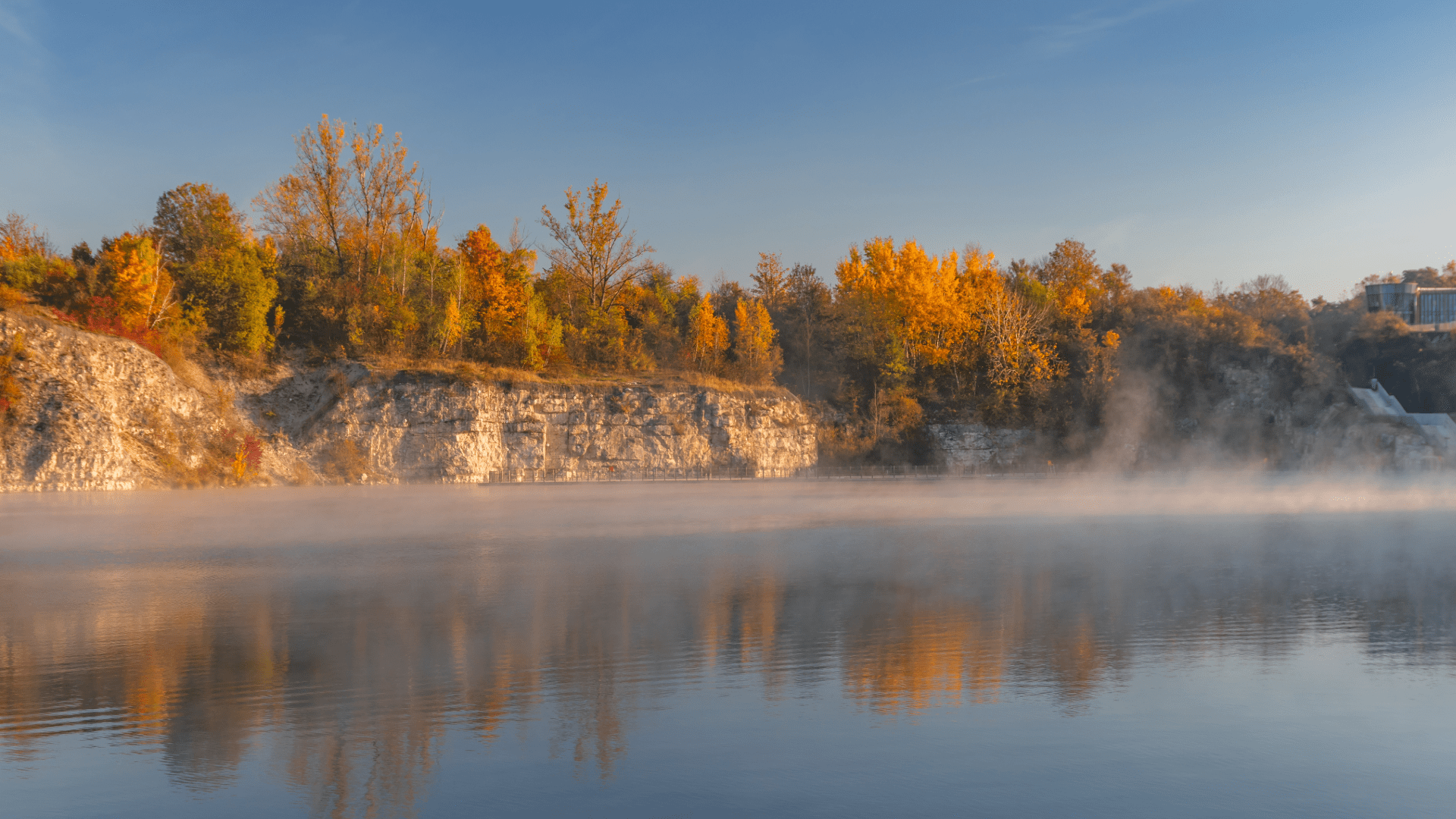
Unlock Your Krakow Adventure with Hello Cracow
The 24-hour challenge has been successfully navigated, but the true depth and detail of the Malopolska region await. For seamless logistics, insider access, and curated experiences designed for the discerning visitor, let the local experts handle the rest. Whether the need is for a seamless transfer to the next Polish destination (Zakopane, Auschwitz) or a specialized tour to delve deeper into the city's hidden gems (a Segway tour or a Vistula river cruise), Hello Cracow offers the logistical precision and deep knowledge required to transform any itinerary from efficient to unforgettable. Contact us today to secure your next insightful journey.
